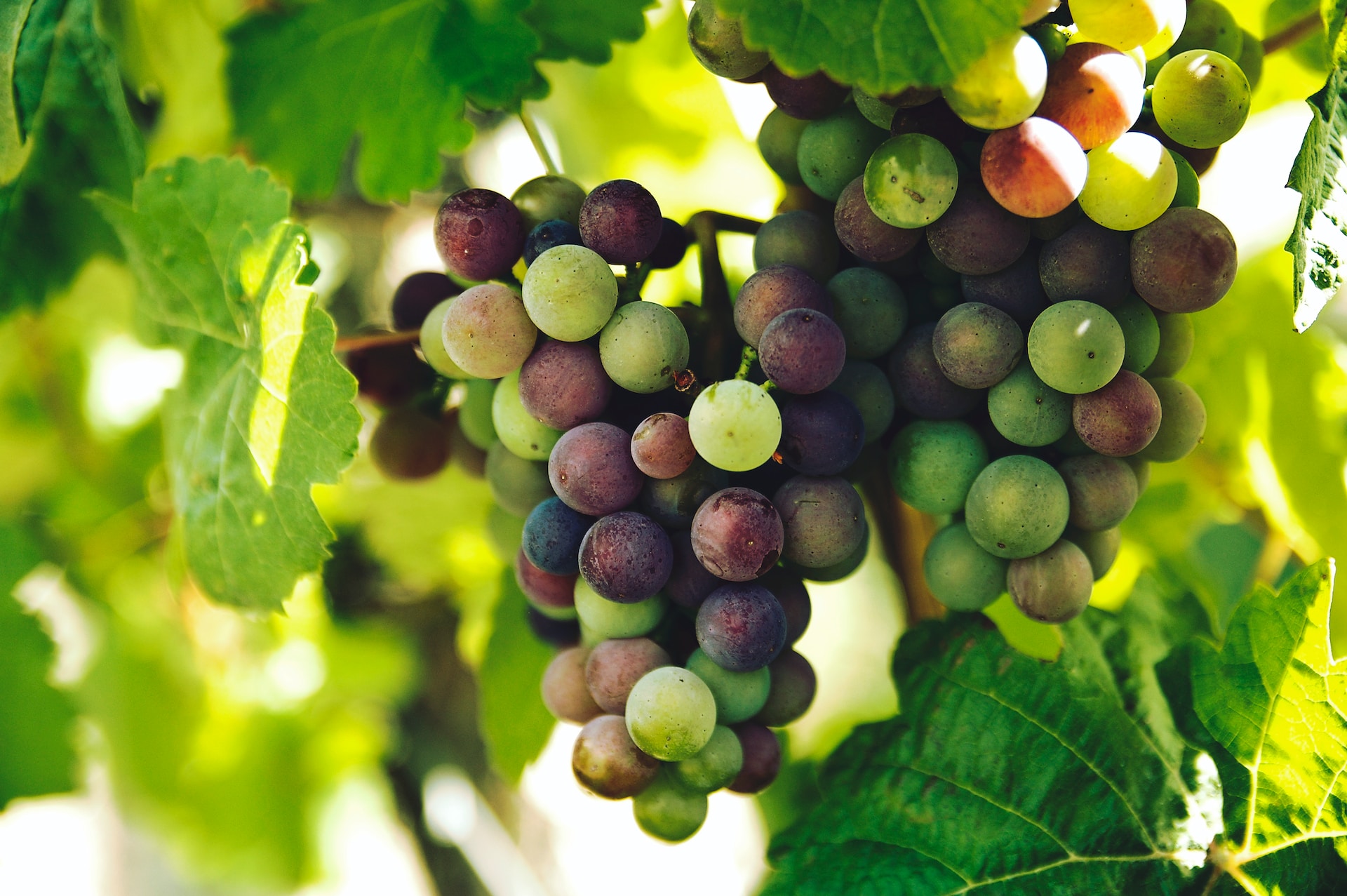Uncorking Profits
Beyond being a delightful indulgence for wine enthusiasts, the world of collectible wines has emerged as an alternative investment avenue for those seeking both pleasure and profit. Investing in collectible wines allows individuals to diversify their portfolios and potentially generate significant returns while savoring the taste of fine vintages. In this article, we’ll explore the basics of investing in collectible wines, the factors that contribute to their value, and some examples of renowned wines that have proven to be excellent investment choices.
Understanding the Appeal of Collectible Wines: Investing in collectible wines is not solely about financial gains; it involves a genuine passion for the art of winemaking and the history and craftsmanship that each bottle represents. The rarity, age, producer, and overall quality of the wine are the primary factors that contribute to its investment value. Additionally, the market for collectible wines has steadily grown over the years, attracting investors who see the potential for substantial returns.
Factors Influencing Wine Investment Value:
Rarity: Wines produced in limited quantities are more likely to appreciate in value over time. Factors such as unpredictable weather conditions or a prestigious vintage contribute to the rarity of a particular wine.
Provenance: The wine’s provenance, or its historical record of ownership and storage conditions, significantly impacts its value. Well-documented provenance instills confidence in potential buyers and can lead to higher prices at auctions.
Critics’ Ratings: Reviews and scores from reputable wine critics and publications can significantly influence a wine’s market demand and consequently its value.
Age: Wines with extended aging potential tend to fetch higher prices, especially if they have been stored under optimal conditions.
Producer Reputation: Renowned wineries with a history of producing exceptional wines often see increased demand for their products, boosting their investment appeal.
Examples of Collectible Wines with Investment Potential:
Château Lafite Rothschild, Pauillac, Bordeaux: Producing some of the most sought-after wines in the world, Château Lafite Rothschild is synonymous with prestige and quality. Its Bordeaux blends, particularly from exceptional vintages like 1982 and 2000, have commanded high prices at auctions and are highly desirable among wine collectors and investors alike.
Domaine de la Romanée-Conti, Burgundy, France: Famous for its limited production of highly regarded Pinot Noir wines, Domaine de la Romanée-Conti has earned a legendary status in the wine world. Bottles from this esteemed estate, especially from vintages like 1990 and 2005, are considered blue-chip investments.
Screaming Eagle Cabernet Sauvignon, Napa Valley, California: Known for its cult status, limited production, and consistently high scores from wine critics, Screaming Eagle Cabernet Sauvignon has achieved remarkable prices at auctions. Bottles from the early 2000s, such as the 2007 vintage, have proven to be particularly valuable.
Penfolds Grange, South Australia: Australia’s most iconic wine, Penfolds Grange, is renowned for its powerful and age-worthy Shiraz. Bottles from exceptional years, like the 1998 and 2008 vintages, have shown impressive returns over time.
Conclusion: Investing in collectible wines offers a unique opportunity to blend the pleasures of wine appreciation with the potential for financial gains. While the world of wine investment requires careful research and consideration, renowned wines like Château Lafite Rothschild, Domaine de la Romanée-Conti, Screaming Eagle Cabernet Sauvignon, and Penfolds Grange have demonstrated their ability to appreciate significantly over the years. As with any investment, consulting with experts and approaching wine investment with a long-term perspective is essential for success in this exciting and rewarding market.
Collectible Wines Photo by Rohit Tandon on Unsplash

Leave a Reply